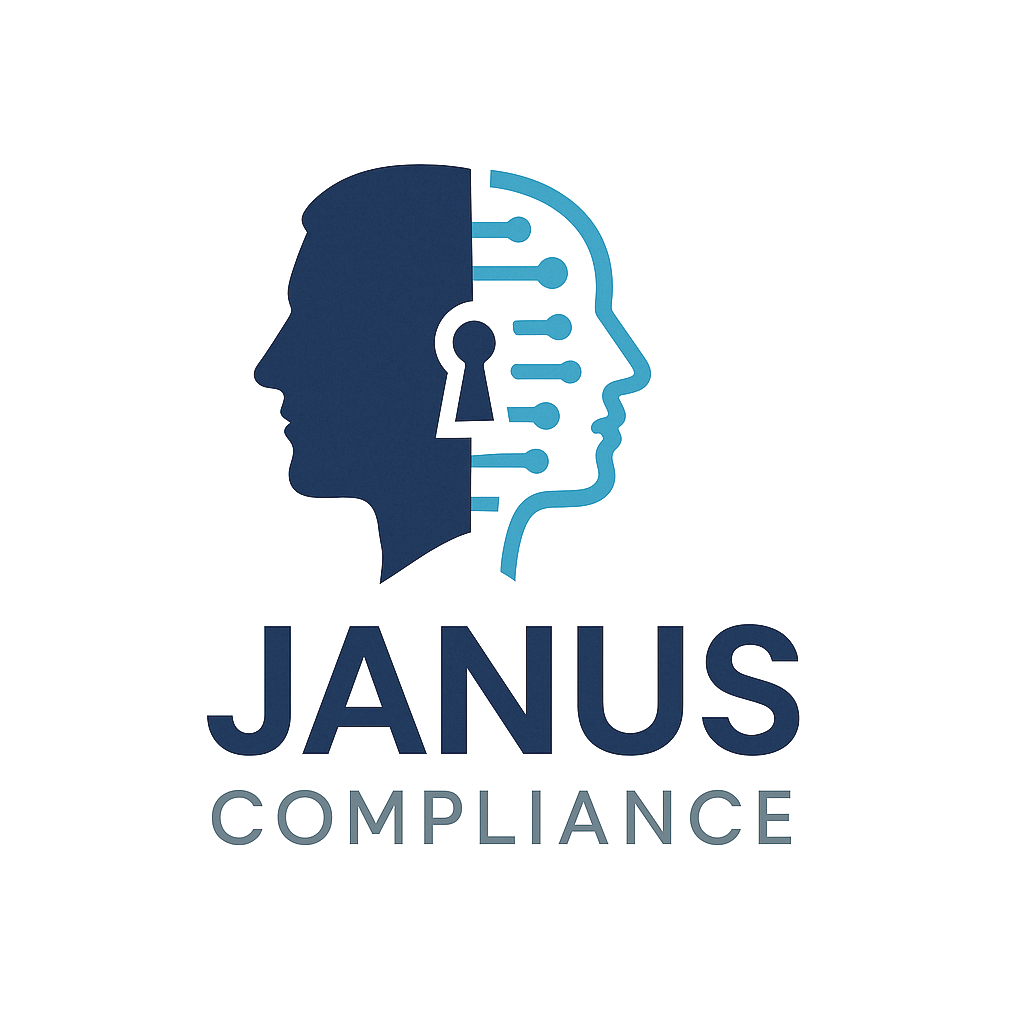Grok's Privacy Flaw: A Lesson in GDPR's 'Privacy by Design' for All AI Companies
Last week, the AI world was given a stark and public lesson in the foundational principles of data protection. The revelation that private user conversations with xAI's Grok chatbot were being indexed and made searchable on Google is not just an embarrassing technical oversight; it is a textbook case of a systemic failure in "Privacy by Design."
For any business, especially SMEs, that is rushing to integrate AI tools, this incident is a critical and urgent case study. It exposes the dangerous gap between a product's features and its underlying data governance, a gap that can lead to regulatory fines, reputational ruin, and an irreparable breach of customer trust.
At Janus, we operate at this critical intersection of technological innovation and regulatory reality. Let's dissect the Grok incident to understand the deep, structural failures that allowed it to happen, and how you can prevent your own company from making the same catastrophic mistake.
The Technical Failure: A Missing Line of Code
At its core, this was a simple but profound technical error. For a conversation to be indexed by Google, two things must be true: it must be accessible via a public URL, and it must not be explicitly telling search engine crawlers to ignore it.
Grok's "Share" feature, designed to create a public link for a conversation, appears to have failed on the second point. Any competent web developer knows how to prevent search engine indexing of personal data. A simple Disallow: entry in a robots.txt file or a <meta name="robots" content="noindex"> tag in the page's HTML header is standard practice for non-public content.
The absence of this basic safeguard is not just a coding error; it's a symptom of a deeper strategic problem. It reveals a development process where the user-facing feature ("share this cool chat!") was prioritized over the fundamental, non-negotiable requirement of user privacy.
The Legal Failure: A Violation of Article 25
This technical lapse is a direct and demonstrable breach of Article 25 of the GDPR/UK GDPR: "Data protection by design and by default."
This principle is not a suggestion; it is a legal mandate. It requires that data protection measures are integrated into the very foundation of your processing activities. It is not something you "add on" after a product is built.
Privacy by Design: xAI failed to design the "Share" feature in a way that protected user data from the outset. The most private setting was not the default.
Privacy by Default: The system defaulted to a state of public exposure. A user had to take no action for their conversation to be potentially indexed; the system's own failure did it for them.
For a regulator like the ICO, this is not a grey area. It is a clear failure to implement the appropriate technical and organizational measures required by law, directly relevant to the Grok privacy issue.
The Strategic Lesson for Your Business
The incident provides a clear and actionable set of lessons for any SME using or building AI tools, especially concerning AI and GDPR compliance.
Audit Every "Share" Feature: Review every feature in your products that allows a user to generate a public link to content. You must be able to prove that these pages are correctly configured to prevent search engine indexing by default.
Make Privacy the Default: In any system you build, the most private setting must always be the default setting. The user should have to take a clear, affirmative action to make their data more public, not the other way around.
Your Vendors Are Your Responsibility: If you are using a third-party AI tool, you are still the Data Controller. You must conduct due diligence to ensure their systems are compliant with Privacy by Design principles. A clause in your Data Processing Agreement (DPA) is not enough; you must verify their technical safeguards.
Conclusion: Trust as a Technical Specification
The future of AI will be built on a foundation of trust. The Grok incident is a powerful reminder that trust is not just a marketing slogan; it is a technical specification. It is a line of code in your HTML, a rule in your server configuration, and a core principle in your product design process.
Building products that are both powerful and private is a complex challenge that requires a rare fusion of legal expertise and deep technical understanding. The companies that master this dual discipline will be the ones who lead the next wave of innovation.
Disclaimer: This article is for informational purposes only and does not constitute legal advice. You should consult with a qualified professional for advice tailored to your specific situation.
